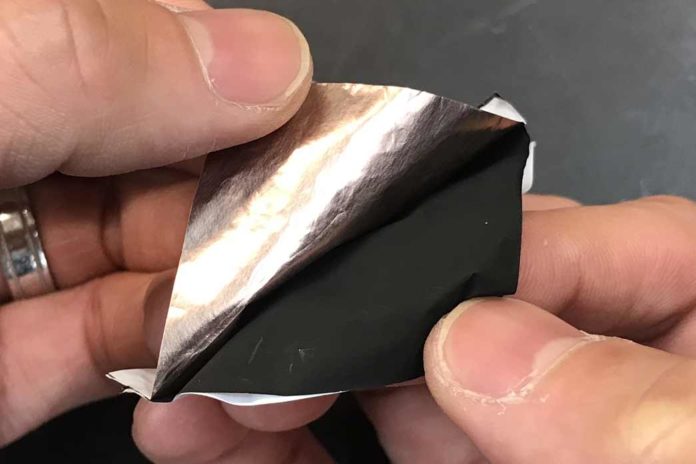Stanford scientists have demonstrated a reversible double duty textile that keeps skin a comfortable temperature whatever the weather. The fabric is basically based on the same material as everyday kitchen wrap. It can either warm or cool the wearer.
Research led, Yi Cui asked, “Why do you need to cool and heat the whole building? Why don’t you cool and heat people?”
According to an estimate, almost 13% of energy in the US is devoted to indoor temperature control. Yet, for each 1 degree Celsius (1.8 degrees Fahrenheit) that an indoor regulator is turned down, a building can spare an incredible 10 percent of its warming vitality, and the invert is valid for cooling. Altering temperature controls by only a couple of degrees effectively affects vitality utilization.
Our bodies have numerous methods for controlling our temperature. At the point when it’s chilly, the hairs in our skin emerge to trap warm air. In the long run, we may begin shuddering to deliver more brilliant warmth in our muscles. At the point when it’s hot, we discharge warm as infrared radiation from our skin, and in the case regardless we’re warm we begin to sweat.
Water vanishing far from our bodies conveys a lot of warmth with it. In any case, those components just help inside a couple of degrees. Get outside the temperature range to which our bodies can adjust, and we go after the dial on the warming or aerating and cooling.
Scientists got the idea from a transparent, water-impermeable kitchen wrap. In addition, the fabric has the ability to shuttle infrared radiation away from the body. Compared to a cotton sample, their fabric kept artificial skin 2 C cooler in a laboratory test, possibly enough to stop a person from ever reaching for a fan or the building thermostat. The team’s first textile could save a building full of workers 20 to 30 percent of their total energy budget.
Postdoctoral fellow Po-Chun Hsu said, “Right around when we figured out cooling, then came the question: Can you do heating? We realized that controlling radiation could work both ways. Thus, we stacked two layers of material with different abilities to release heat energy, and then sandwiched them between layers of their cooling polyethylene.”
On one side, a copper coating traps heat between a polyethylene layer and the skin; on the other, a carbon coating releases heat under another layer of polyethylene. Worn with the copper layer facing out, the material traps heat and warms the skin on cool days. With the carbon layer facing out, it releases heat, keeping the wearer cool.
Postdoctoral fellow Po-Chun Hsu said, “Right around when we figured out cooling, then came the question: Can you do heating? It was a particularly chilly winter, and I was headed to a conference in Minneapolis with a carry-on bag full of coats.”
Hsu realized that controlling radiation could work both ways. He stacked two layers of material with different abilities to release heat energy and then sandwiched them between layers of their cooling polyethylene.
On one side, a copper coating traps heat between a polyethylene layer and the skin; on the other, a carbon coating releases heat under another layer of polyethylene. Worn with the copper layer facing out, the material traps heat and warms the skin on cool days. With the carbon layer facing out, it releases heat, keeping the wearer cool.
Cui said, “Ideally when we get to the stuff you want to wear on skin, we’ll need to make it into a fiber woven structure. Woven textiles are stronger, more elastic, more comfortable, and look much more like typical clothing. But good news: They’ve already started testing to make sure their fabric will be machine washable.”
Shanhui Fan, a professor of electrical engineering said, “From my perspective, this work really highlights the significant opportunities in combining thermal engineering concepts with nanophotonic structures for creating novel functionalities.”
